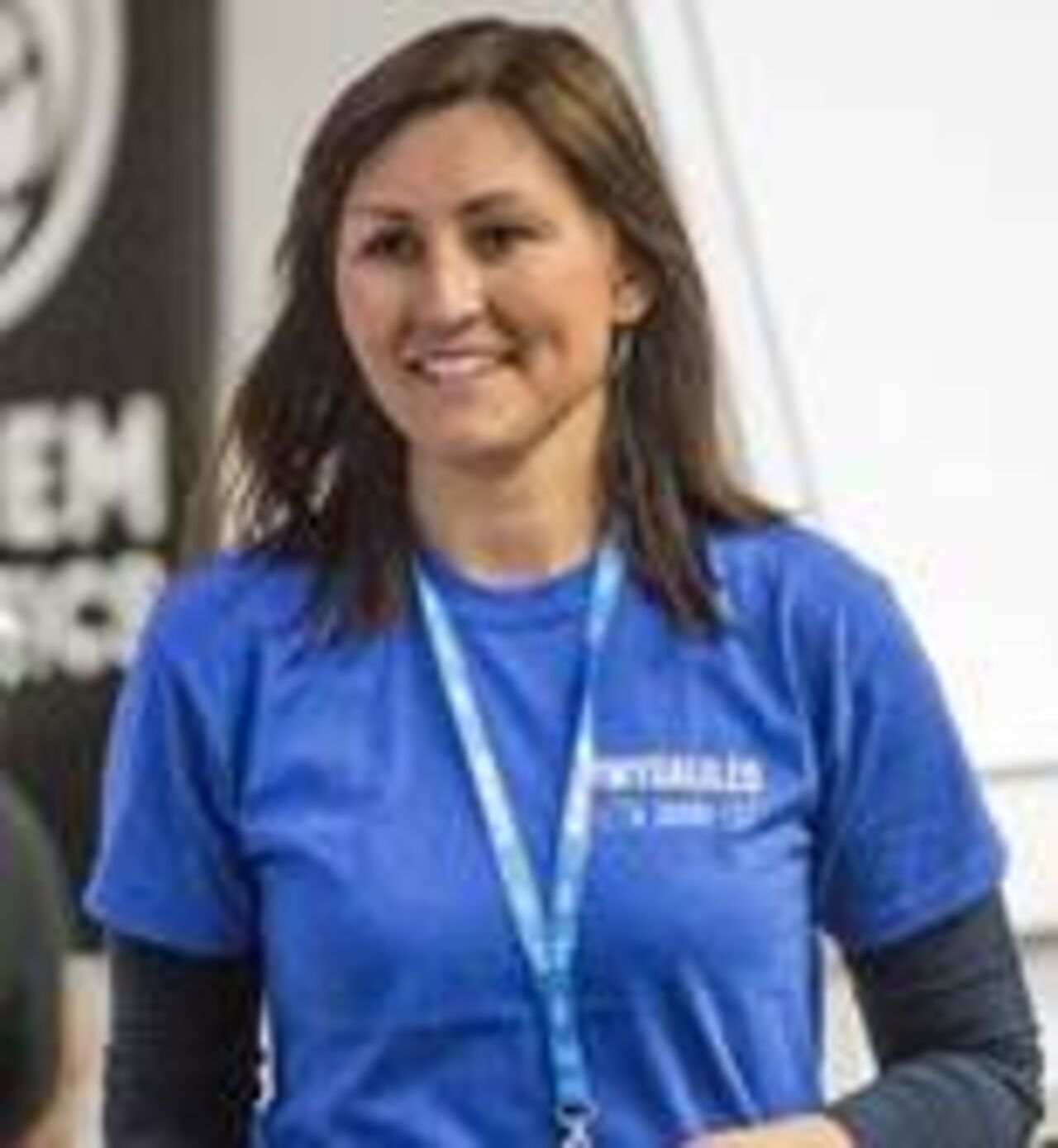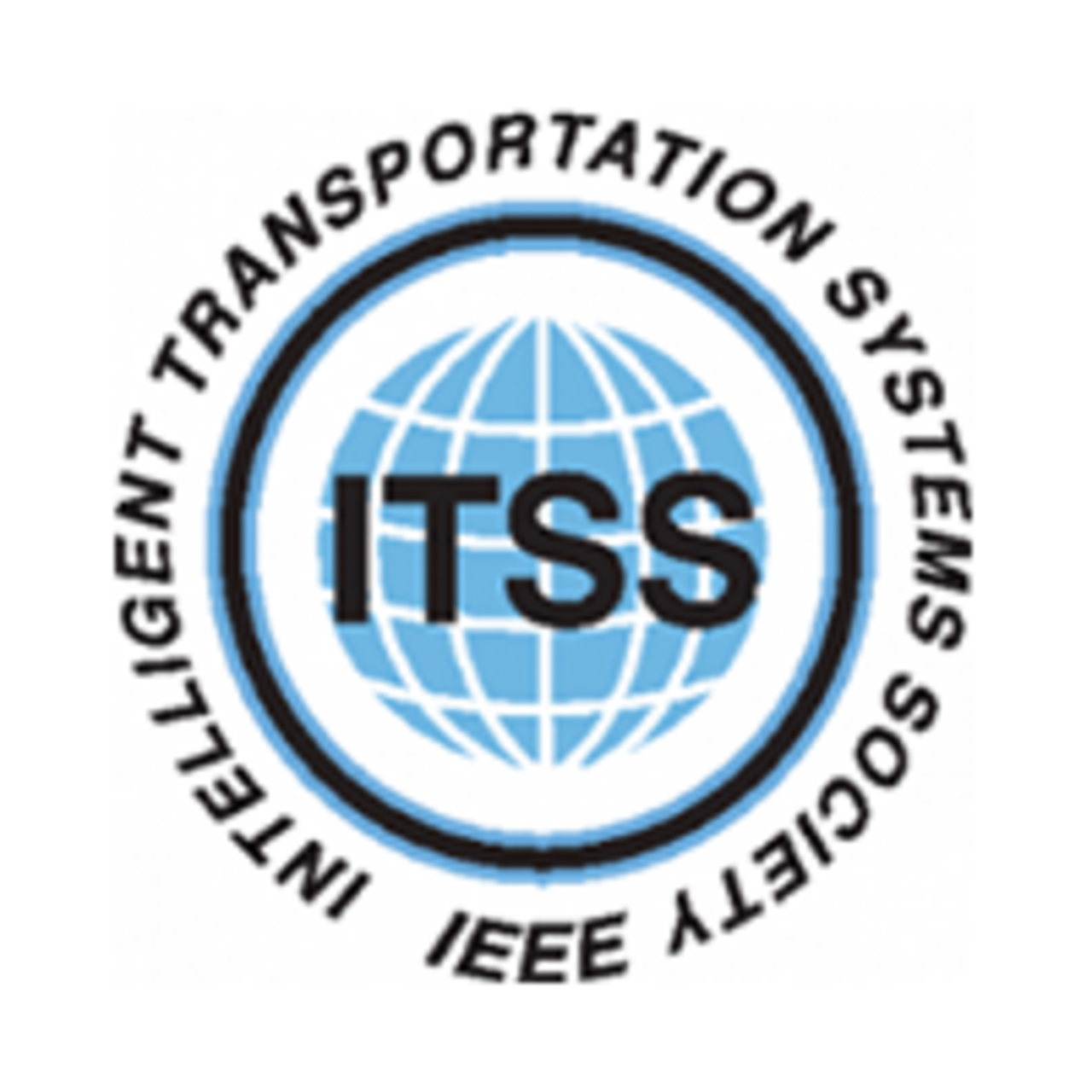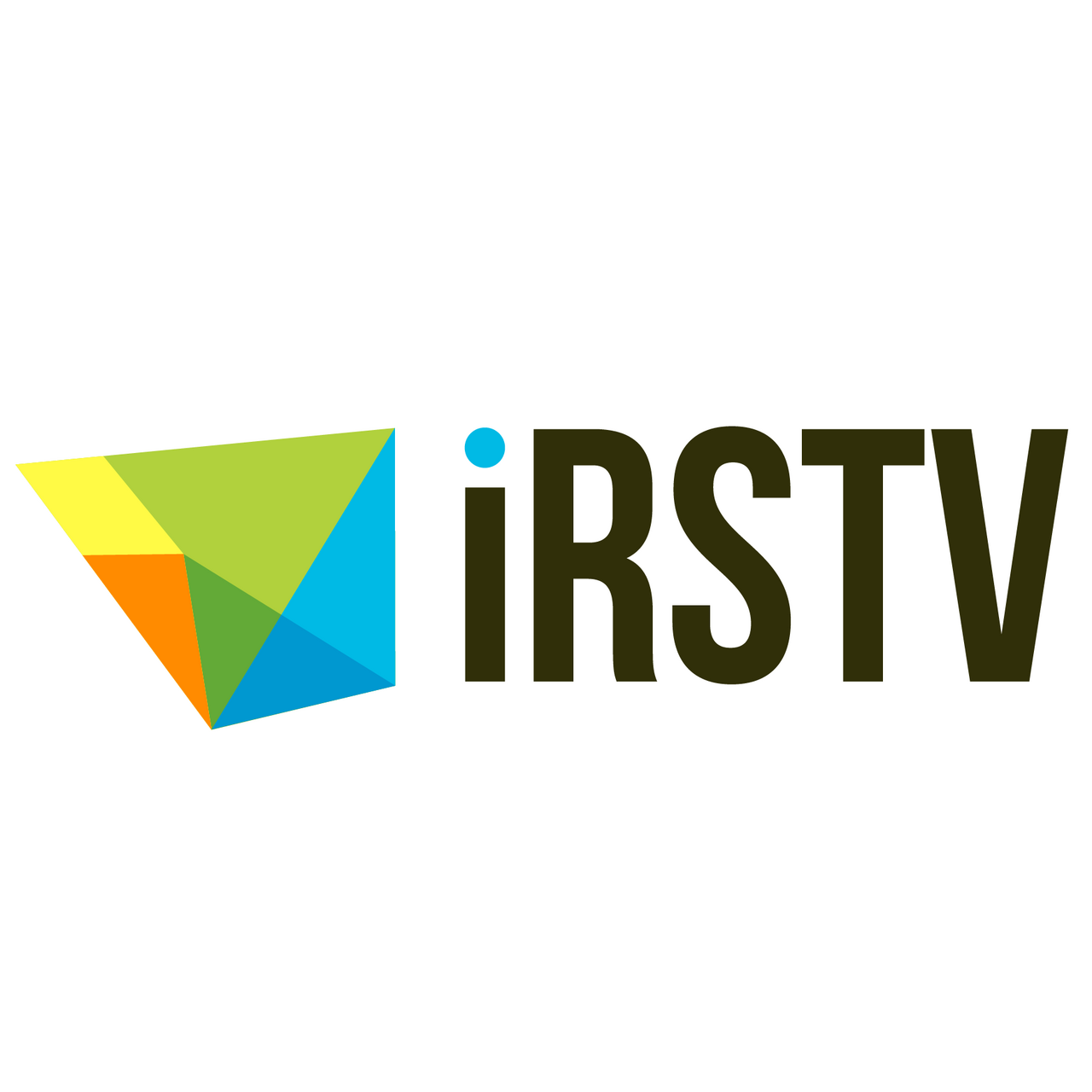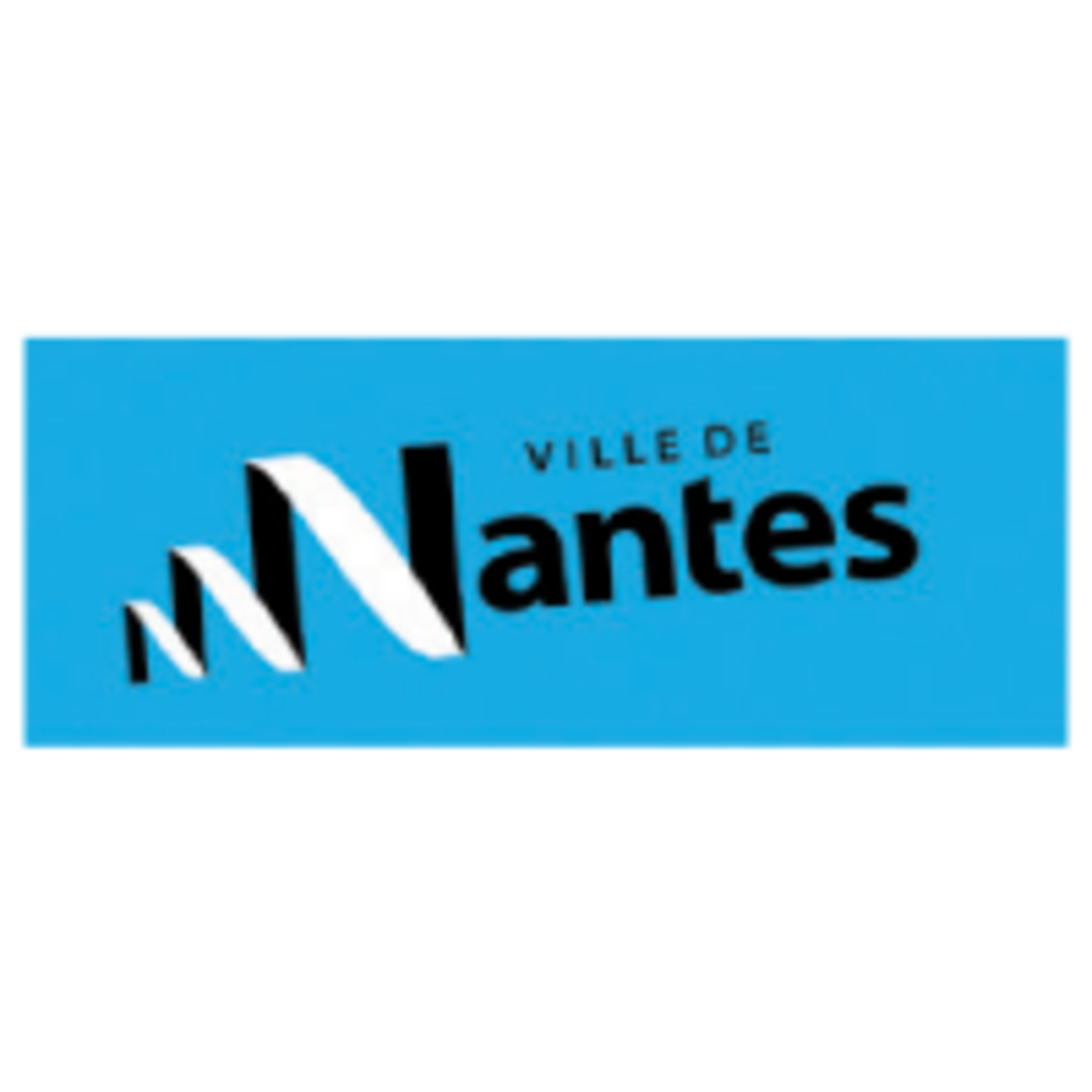Keynotes

Accelerating Future Growth of a Slow Starting Indoor Positioning Market
From our perspective as industry professionals, we need to look at indoor positioning as not a single market, but instead as a multitude of emerging markets. As a business, we need to find a model that can finance that belief. Over the past decade we have all looked into ideas, solutions, different techniques, however… who really understands the value chain?
Defining the business models
If we answer yes to the question of “Is there really a need for indoor positioning?”, the question becomes : which business model and timing will sustain growth? Clearly, there is NOT just one business model, because the value chain and user requirements are so vast, the product lifetime is variable, and the market is still at an infancy stage.
Being robust, as compared to infrastructure-based solutions has a price
The cost of ours (and yours!) solutions range from engineering innovative ideas, whether that be hardware, software, in-house or out of the box marketing driven solutions. Being the best technology, does not, once again, define what the user needs. And at what price?
As co-founder in 2008 and current CEO of Sysnav, David VISSIERE, PhD has dedicated almost 20 years towards developing 3D motion capture and navigation technology. After 10 years of extensive successful R&D projects with Sysnav in diverse industries such as to major Medical, Military & Defense, Automotive, and Aeronautics companies. Dr. VISSIERE has been in the forefront by providing and embedding breakthrough magneto-inertial technology for vehicles and pedestrians. David graduated in 1999 from the prestigious Ecole Polytechnique. He obtained his doctorate in 2008 specializing in Mathematics and Automatic Control at MINES ParisTech in which he received the best thesis award in 2009 from ParisTech based on his works on Magnetic-Inertial Navigation. His doctoral studies and research were conducted primarily at the Aerodynamics & Ballistics Research Laboratory, a French DoD’s Research Institute where he begins his career as Armament Engineer from 2002 to 2009.
In addition to David being voted Engineer of the year in 2010 by l’Usine Nouvelle, he was one of MITs under 35 Top Innovators in 2014, Sysnav was also named National Champion at the 2015/2016 European Business Awards.
Today, more than 20 patents later, David VISSIERE, Phd leads a team of 30+ elite engineers bringing ideas to solutions. .

Justyna Redelkiewicz
Technology Trends in Geolocation
The technology in GNSS user equipment today is more diversified than ever before; ranging from miniaturised, low power GPS chips found in IoT trackers to much larger, more powerful and expensive receivers fitted in passenger aircraft. Furthermore, new models are being introduced at an unprecedented rate, driven by the growing performance requirements of innovative applications, developments in the semiconductor industry and to take advantage of the enhanced capabilities offered by new and modernised GNSS systems and services. In this rapidly evolving landscape, three primary dimensions of change can be identified for user positioning technology: ubiquity (continuous access to the location information everywhere), automation and ambient intelligence (e.g. enabling autonomous vehicles that can sense their environment and adapt to it) and the provision of more robust, secure solutions (resistant to interference and respecting the privacy of the users). The GNSS user technology is, now more than ever, experiencing a rapid and exciting evolution. During the presentation I will summarize the main findings of technology research in this area performed by the GSA and answer to the question “what works best in geolocation?”.
Justyna Redelkiewicz is responsible for promoting Galileo, the European Satellite Navigation System, and its use in context-aware mobile applications. After a few years of work with global chipset manufacturers, she was behind the first Galileo-enabled smartphone launched in 2016, using the European technology for location-based services. Justyna is also in charge of the market and technology research at European GNSS Agency (GSA), managing publications of annual reports on satellite navigation use in various industries.
Click here to download the keynote presentation.

Prof. Andrei M. Shkel
Inertial MEMS Sensors are becoming 3D and atomically precise
Microtechnology comes of age. Clearly, some significant advances have been made, and we see a footprint of the inertial sensors technology in an ever-growing consumer electronics market full of interactive products enabled by microtechnology. These products include, for example, accelerometers for gaming, gyros for auto safety, resonators for clocks, and more. The questions remain, however: Is the technology really on the level of what we consider to be precision sensing? Is making sensors small necessarily result in degradation of performance? Why do we need the precision of sensing for our daily life and what are the opportunities if we have the precision at our fingertips? I will talk about some of the recent developments toward precision sensing, including an overview of glassblowing technology for 3D wineglass shell gyroscopes, silicon origami-like 3D assembly techniques for solid-state and atomic MEMS, and the futuristic concept of the Ultimate Navigation Chip (uNavChip).
Prof. Shkel has been on faculty at the University of California, Irvine since 2000. From 2009 to 2013, he was on leave from academia serving as a Program Manager in the Microsystems Technology Office of DARPA, where he initiated and managed over $200M investment portfolio in technology development. His research interests are reflected in over 200 publications, 40 patents, and 2 books. Dr. Shkel has been on a number of editorial boards, most recently as Editor of IEEE/ASME JMEMS and the founding chair of the IEEE Inertial Sensors. Dr. Shkel is the IEEE Fellow and the 2018 President-Elect of the IEEE Sensors Council. He has been awarded in 2013 the Office of the Secretary of Defense Medal for Exceptional Public Service, the 2009 IEEE Sensors Council Technical Achievement Award, and the 2005 NSF CAREER award. He received his Diploma with excellence (1991) in Mechanics and Mathematics from Moscow State University, Ph.D. degree (1997) in Mechanical Engineering from the University of Wisconsin at Madison, and completed his postdoc (1999) at the University of California, Berkeley.
Click here to download the keynote presentation.

Dr. Laura Ruotsalainen
Visions of Navigation
Humans inherently possess a good quality ”stereo camera”, namely eyes, which is their most important navigation tool. Vision is especially important for choosing the course. Early studies have shown that people tend to veer when blindfolded, which leads them walking in circles and getting lost. Therefore, the use of visual landmarks is the most accurate means of human navigation. It is not a surprise that computer vision is an essential part of navigation of autonomous vehicles. Human visual perception is capable of filling in missing information enabling the understanding of perspectives and evaluating distances and occluded parts of the objects in the scene, but for computer vision objects in the scene are just sets of points of digitized brightness value functions. Although sophisticated methods already exist, extensive research is still needed for obtaining reliable navigation solutions using computer vision. During this presentation, the use of different means of computer vision in navigation are discussed with an emphasis on the most challenging use case, infrastructure-free pedestrian navigation.
Dr. Laura Ruotsalainen is an Associate Professor of Spatiotemporal Data Analysis for Sustainability Science at the Department of Computer Science at the University of Helsinki, Finland since August 2018. She is also part-time affiliated at the Finnish Geospatial Research Institute, Finland, where she has worked as e.g. a Research Manager since 2010.
She received her doctoral degree in 2013 from the Department of Pervasive Computing, Tampere University of Technology, Finland. Her doctoral research was focused on vision-aided seamless indoor/outdoor pedestrian navigation. Her current research interests cover, in addition to vision-aided navigation, development of sophisticated data analysis means for robust navigation and situational awareness especially in urban areas, for GNSS interference mitigation as well as for utilization of spatiotemporal data for sustainability science.
Click here to download the keynote presentation.





















